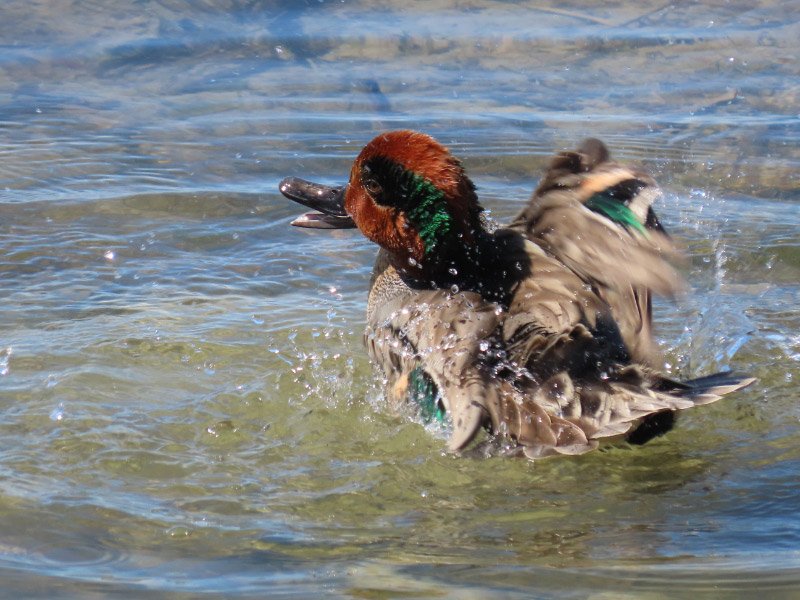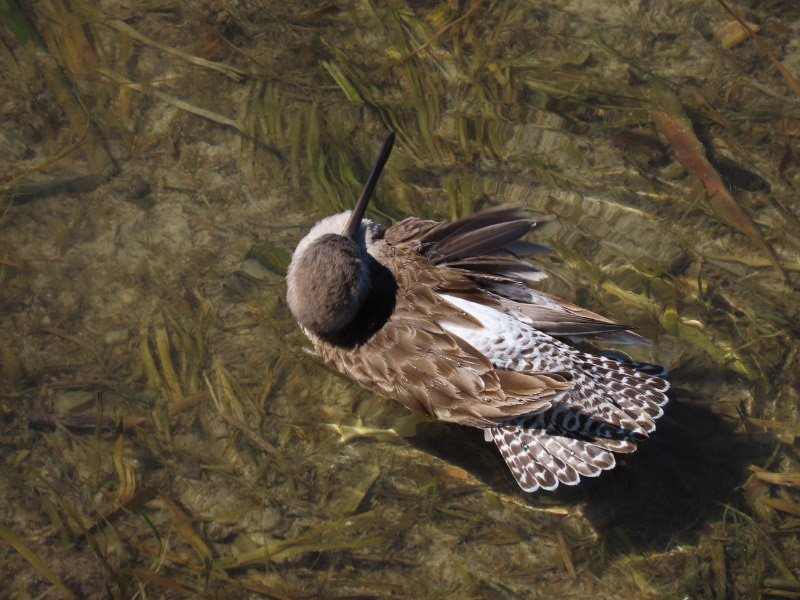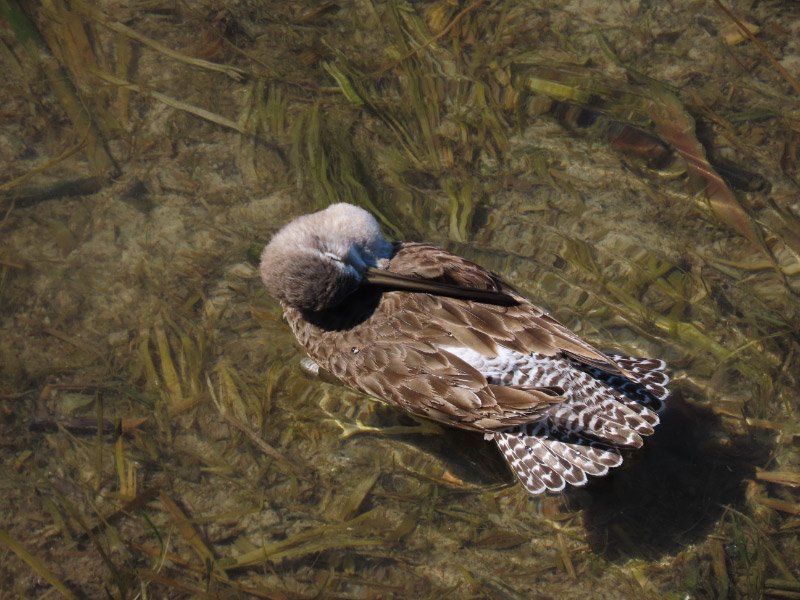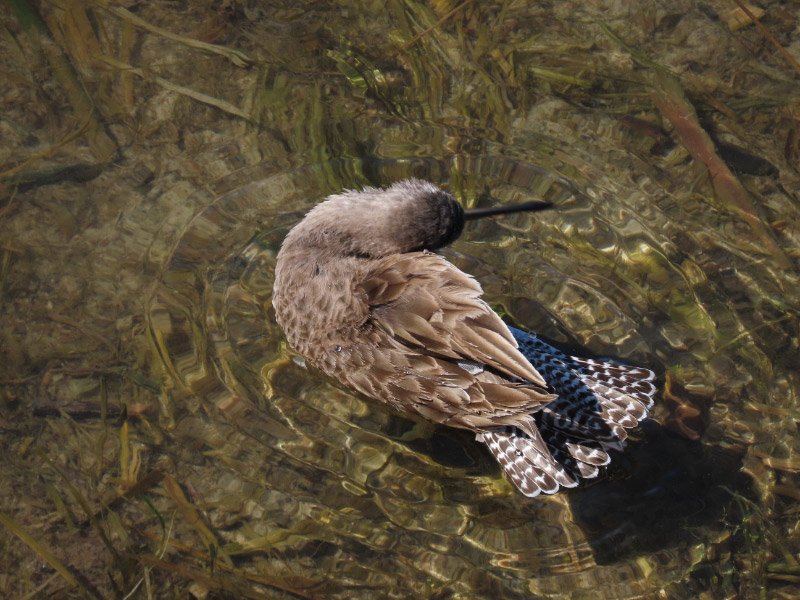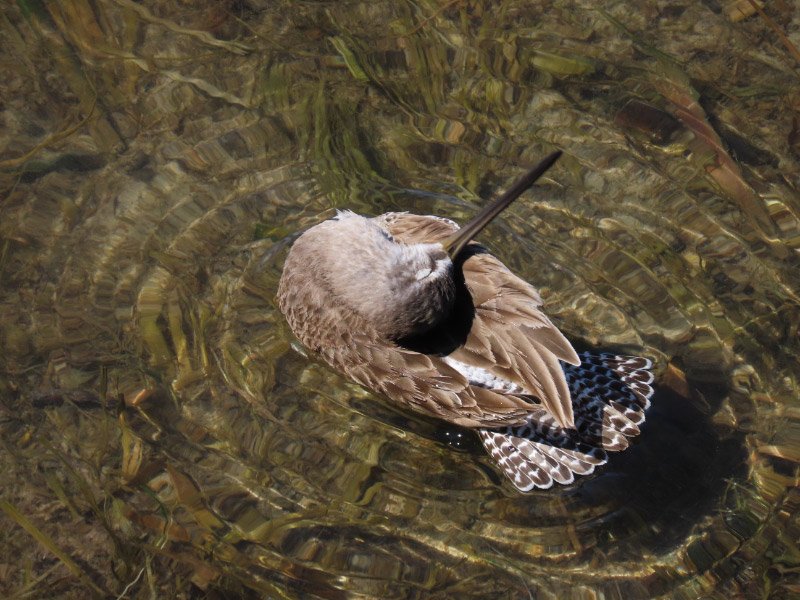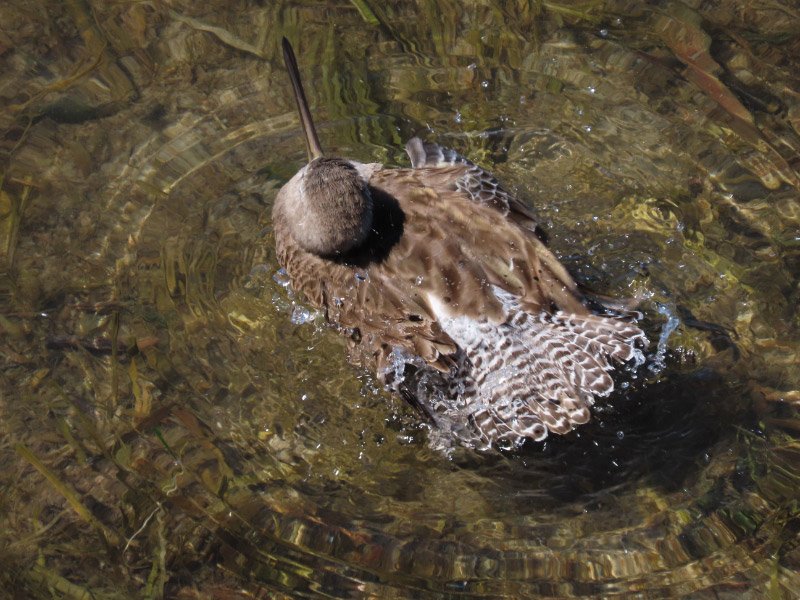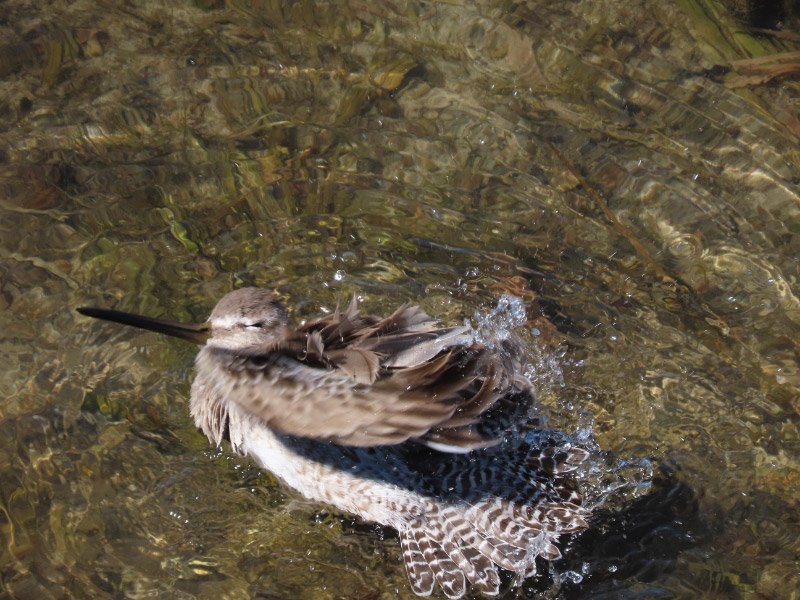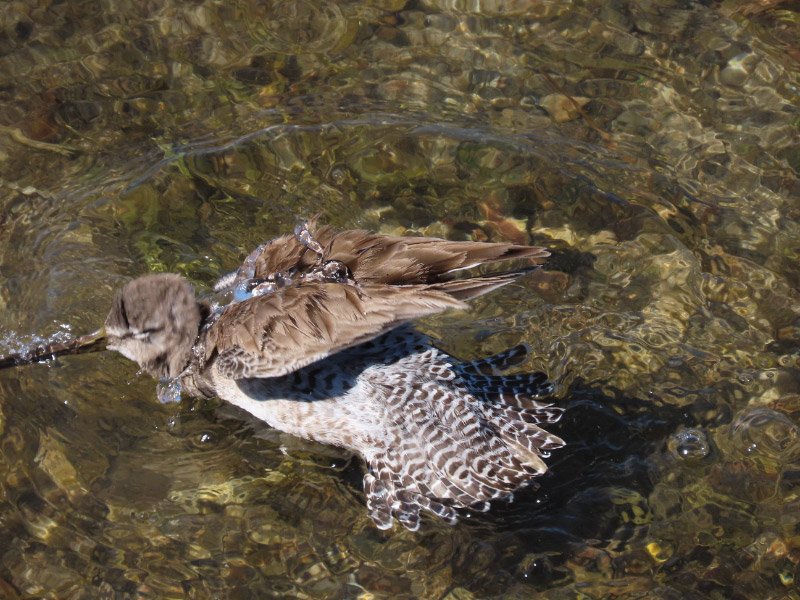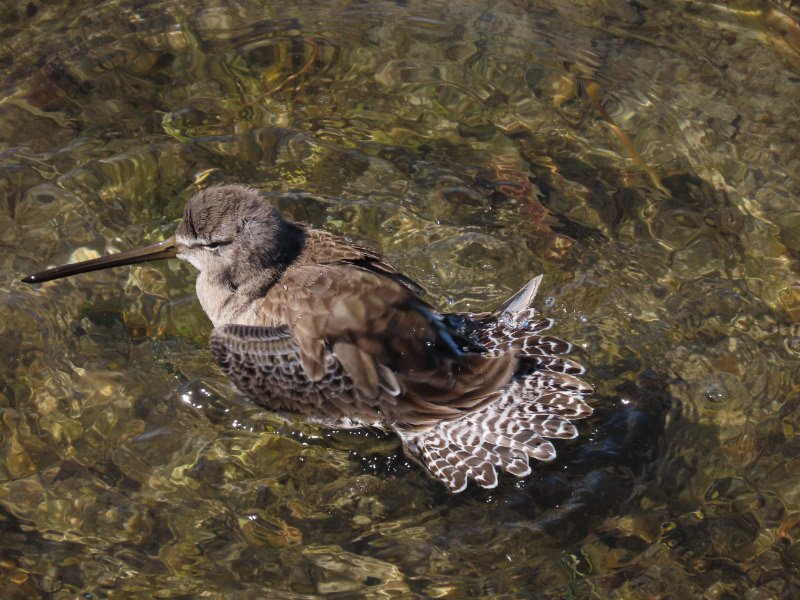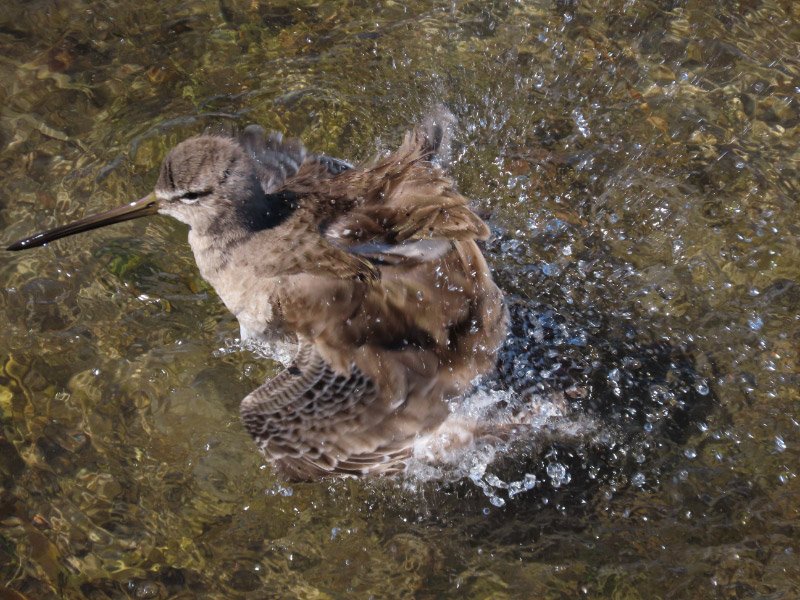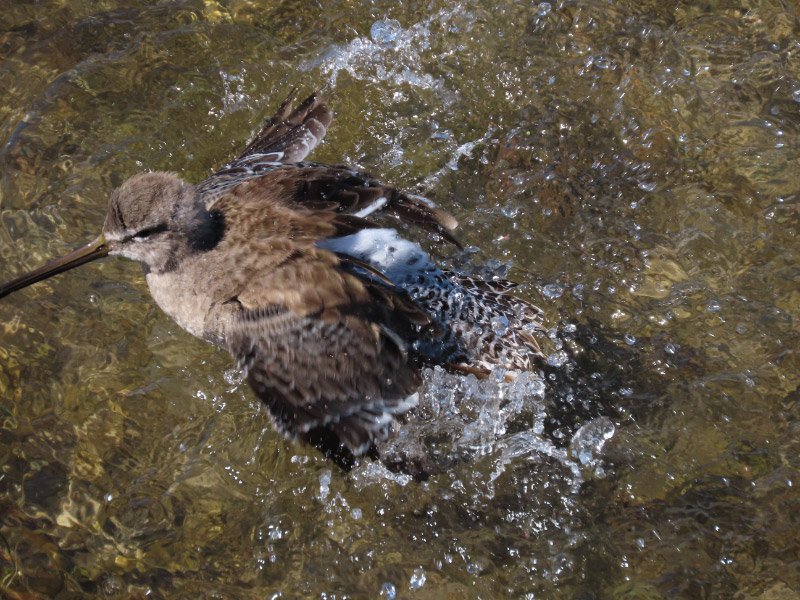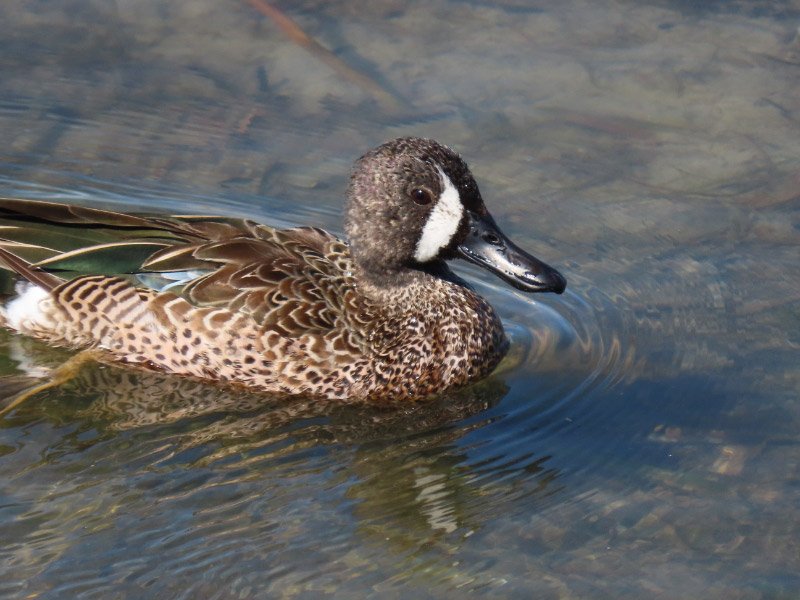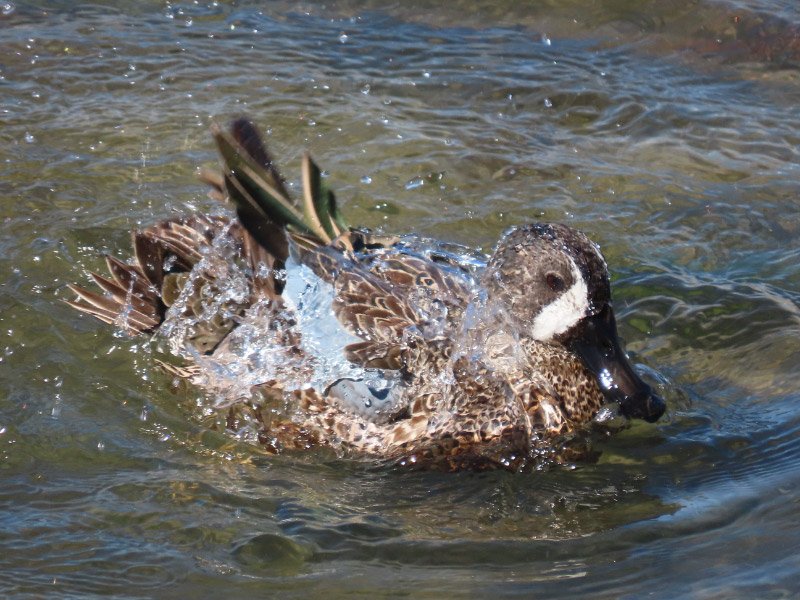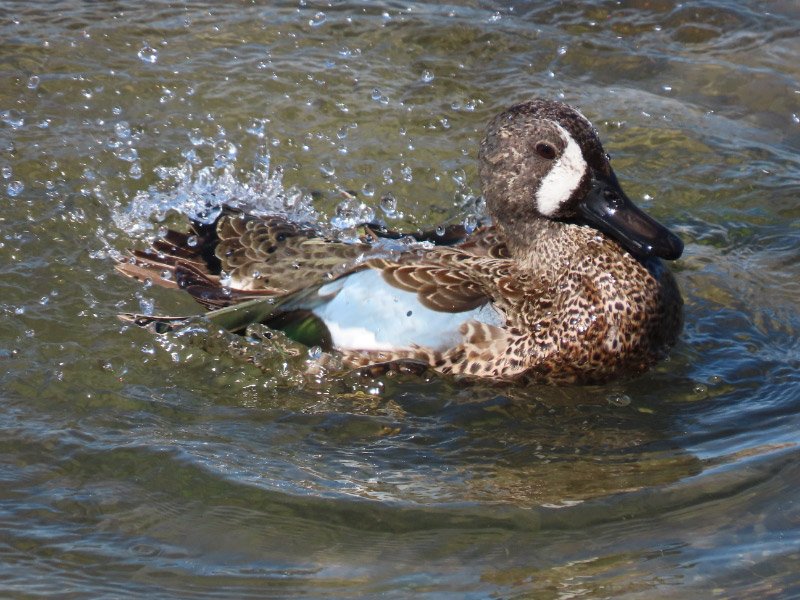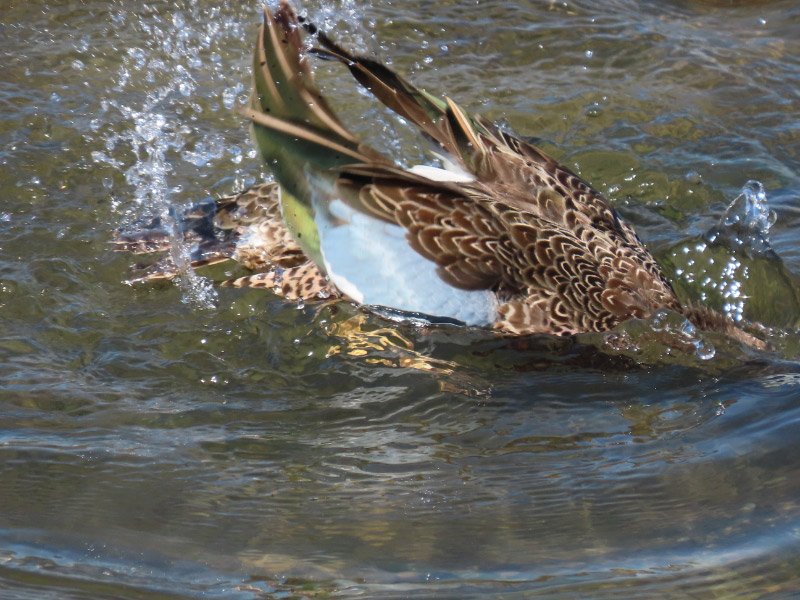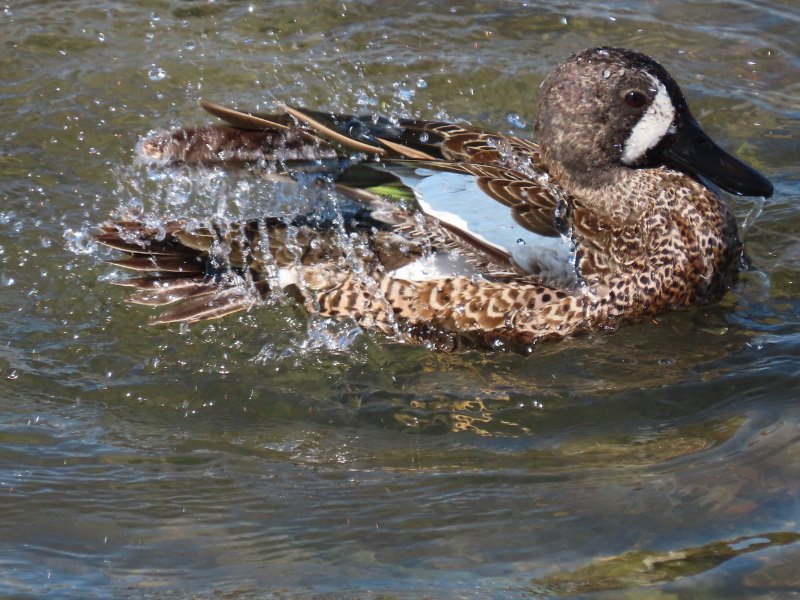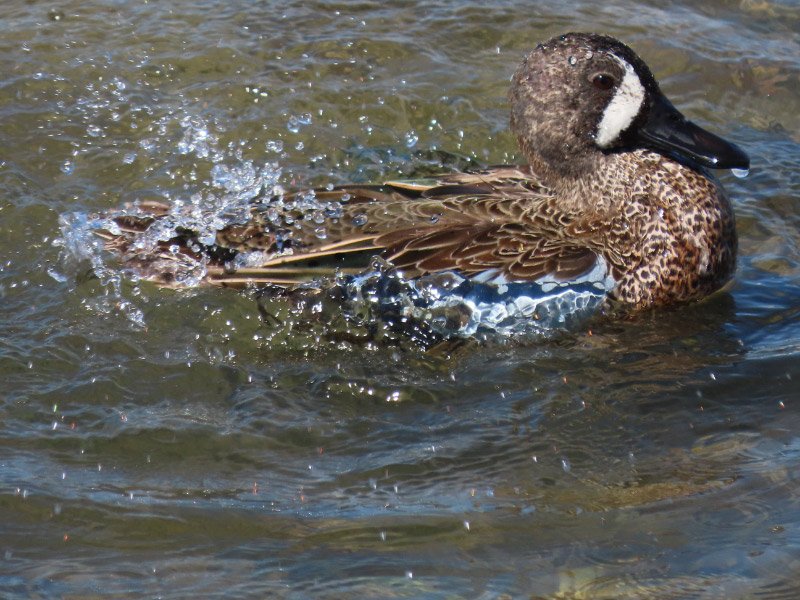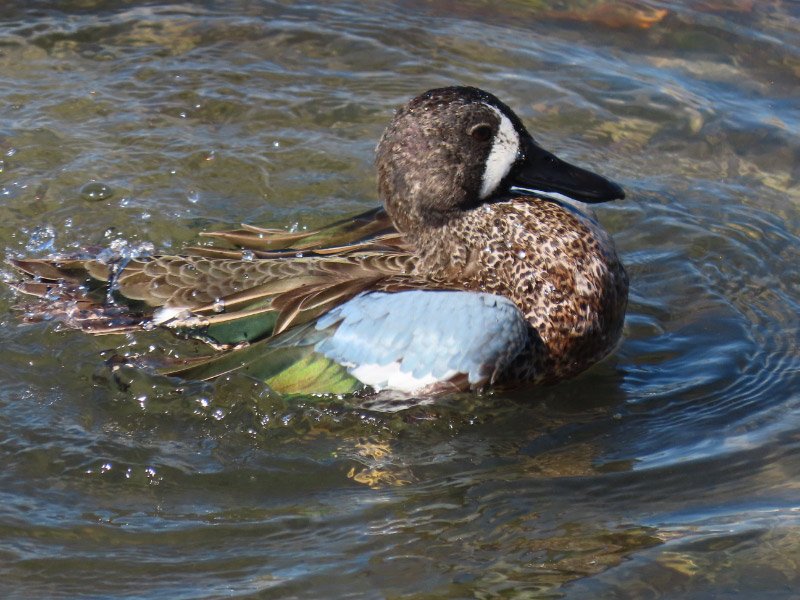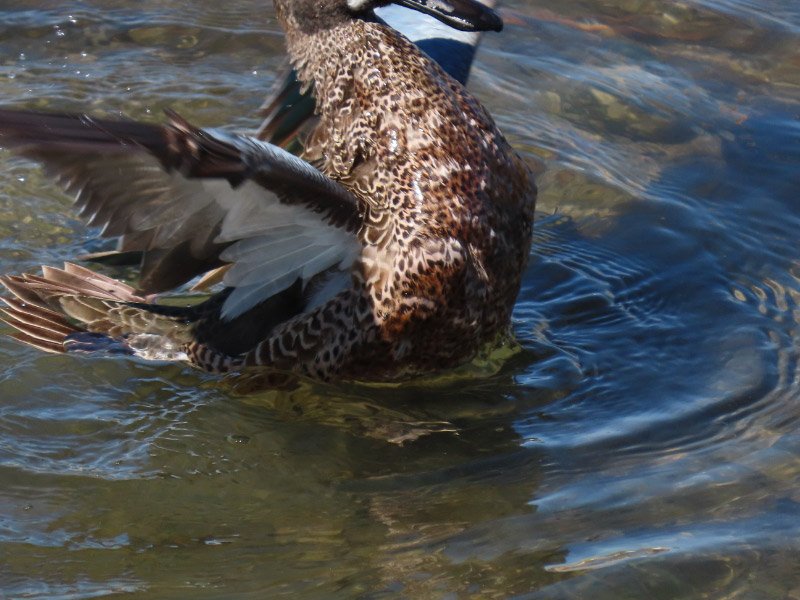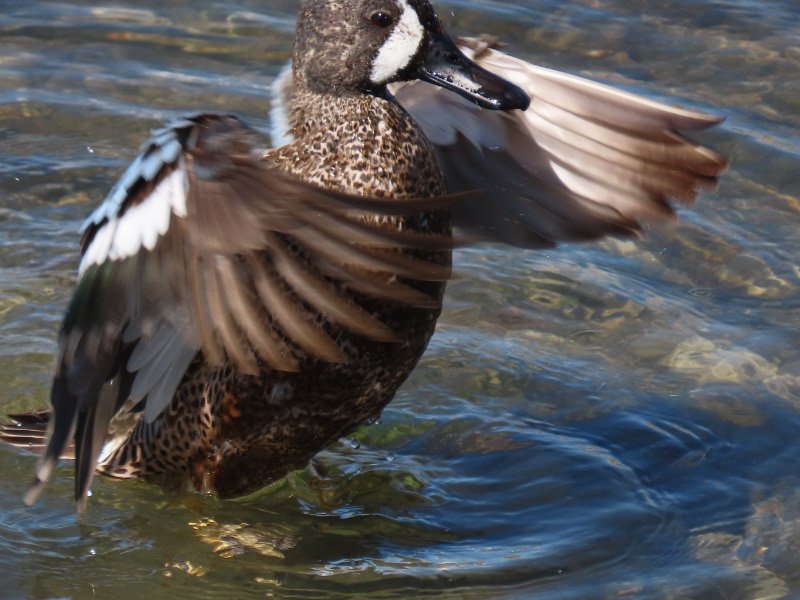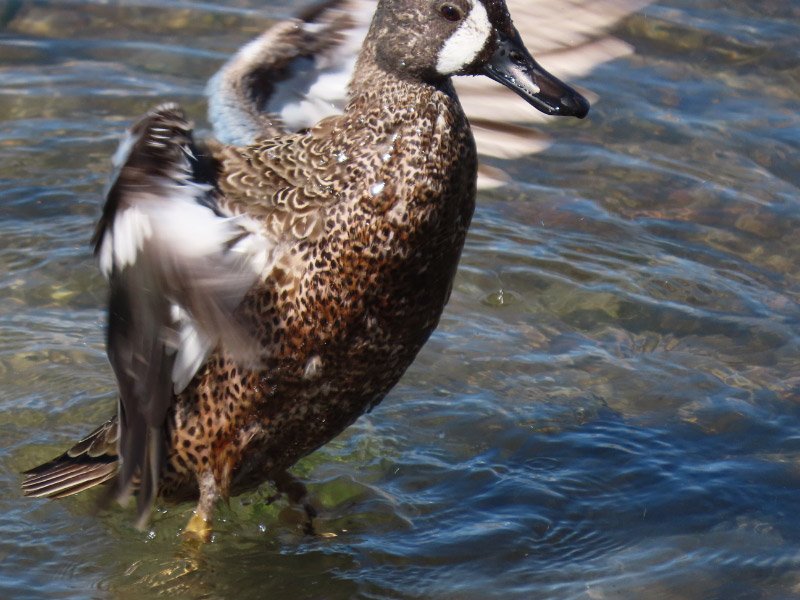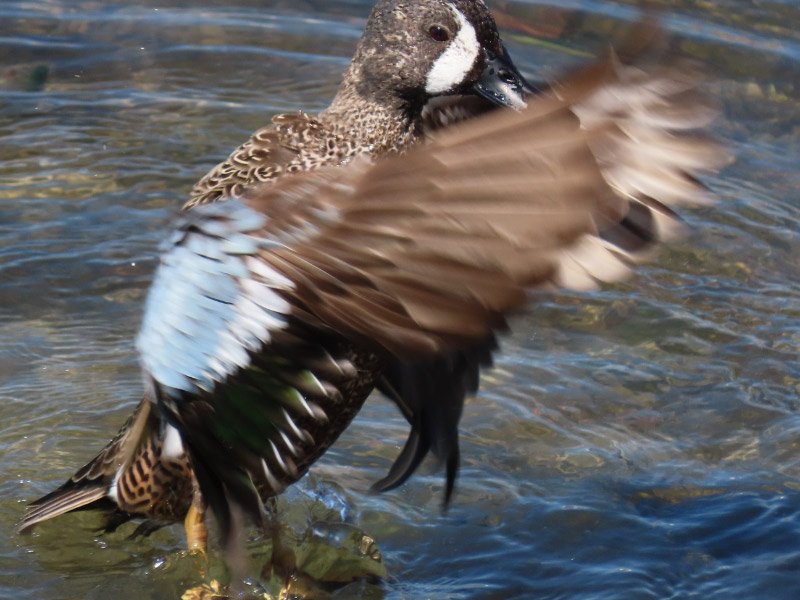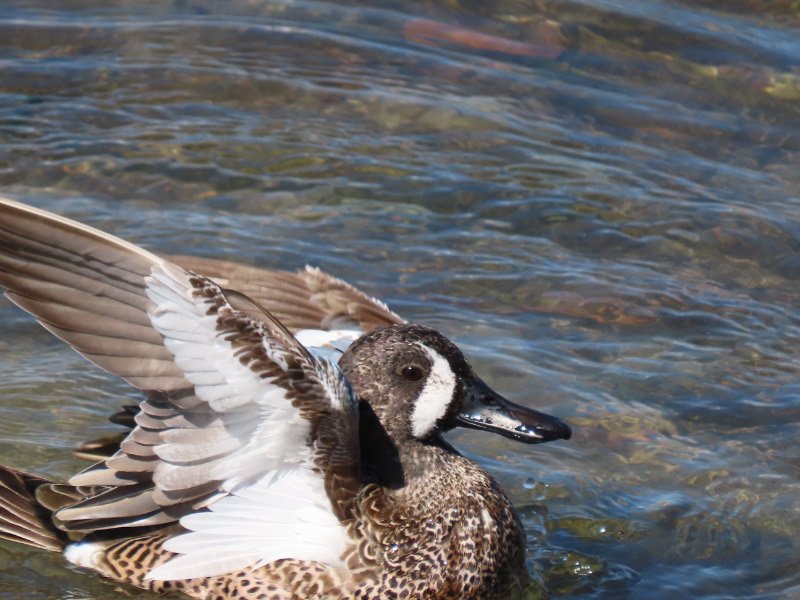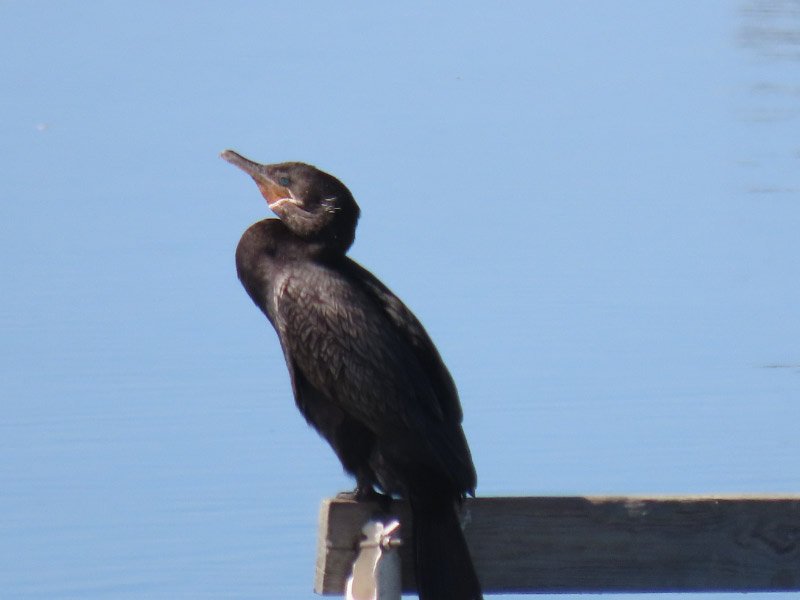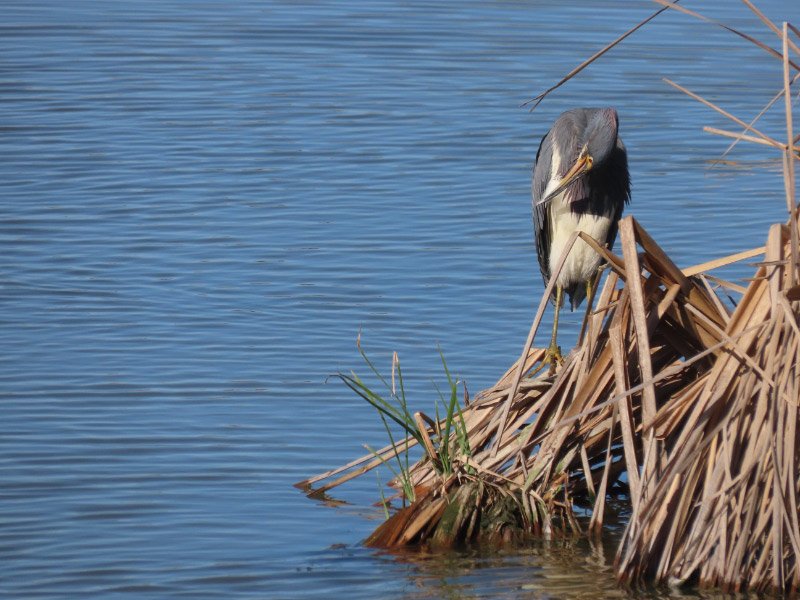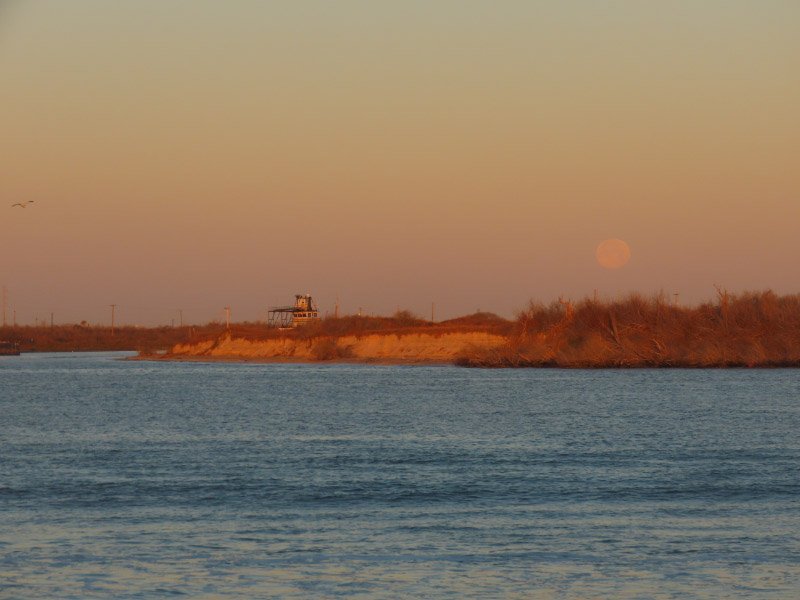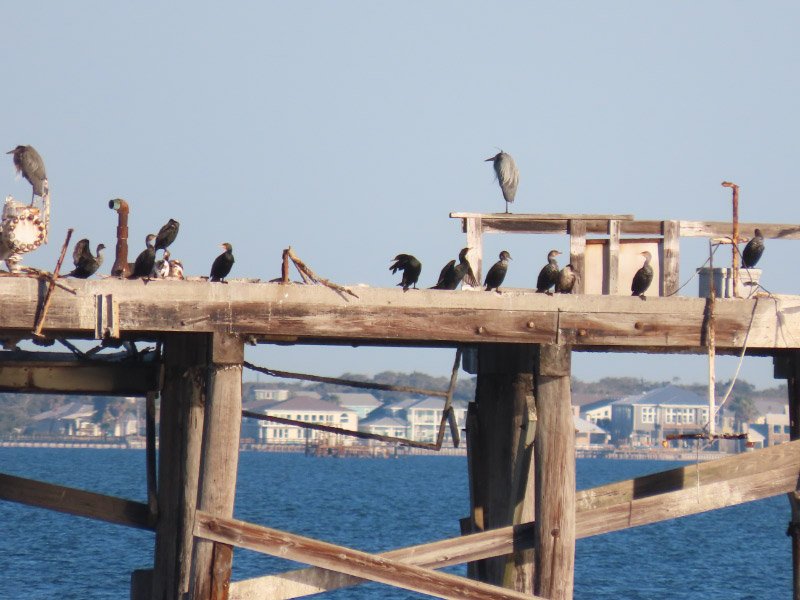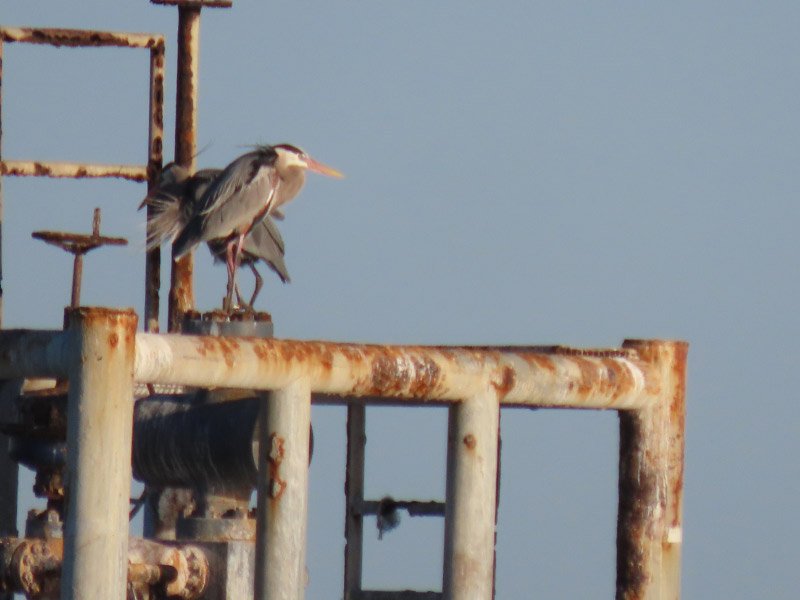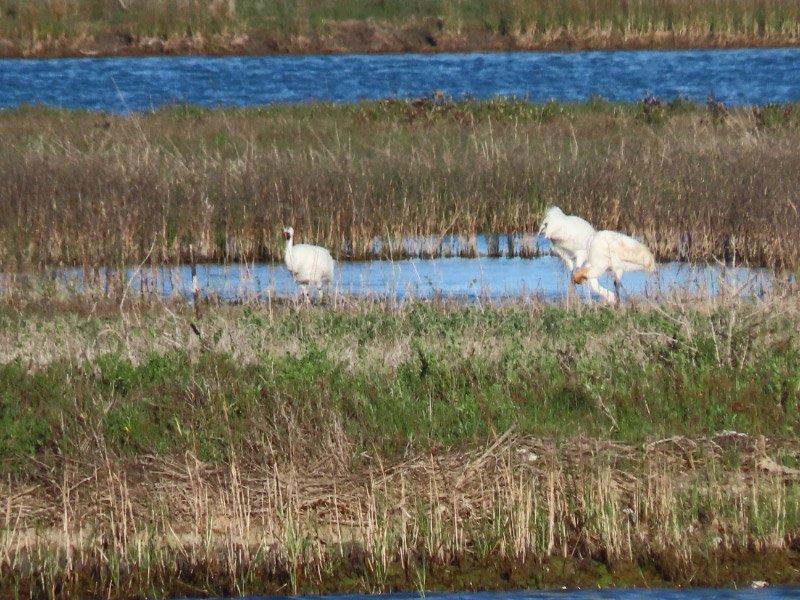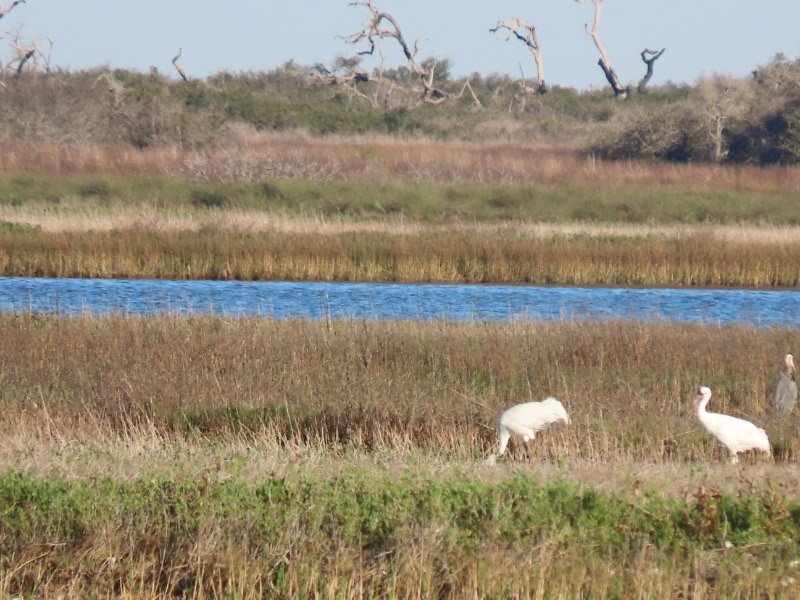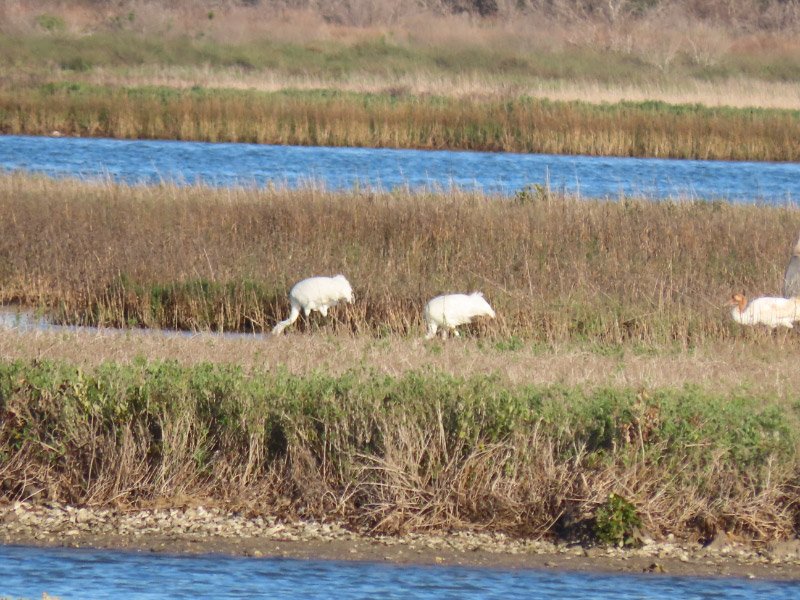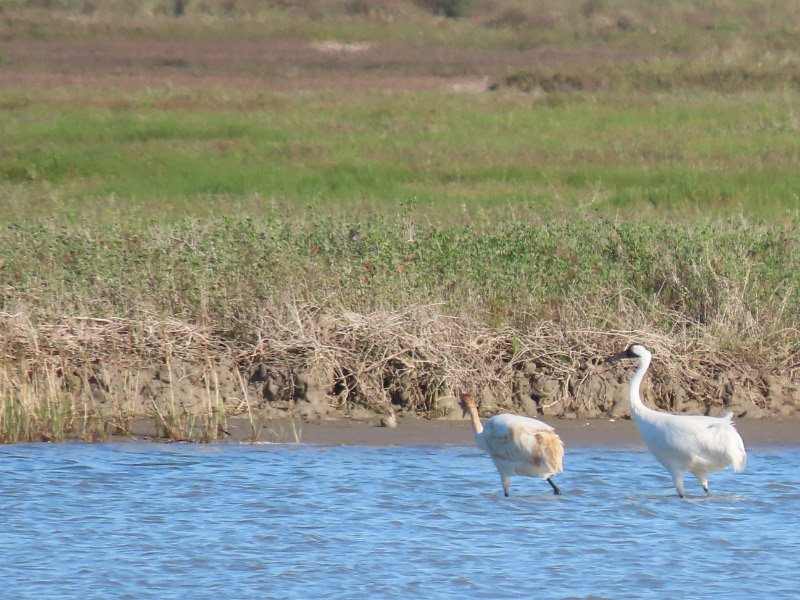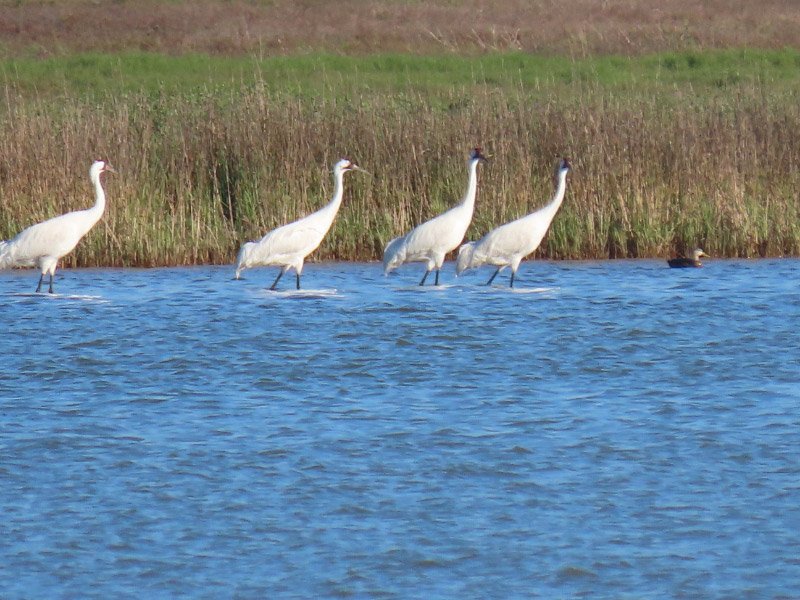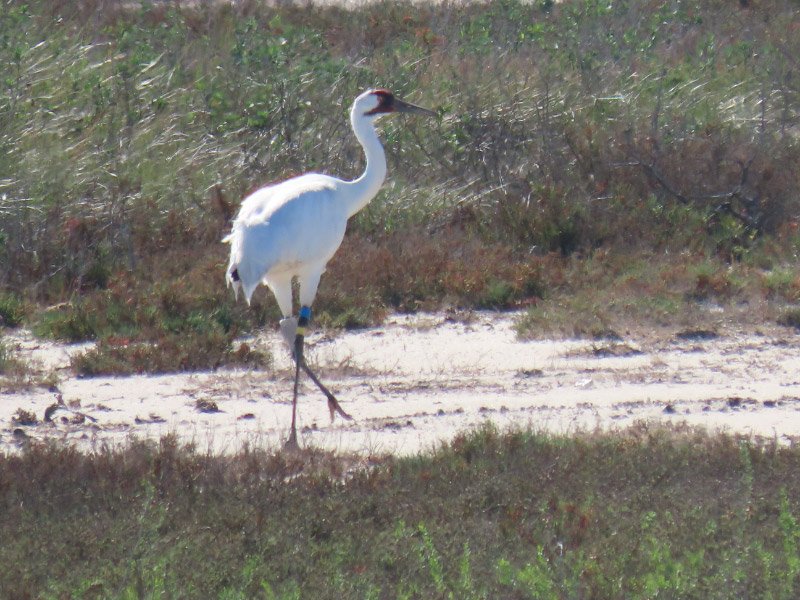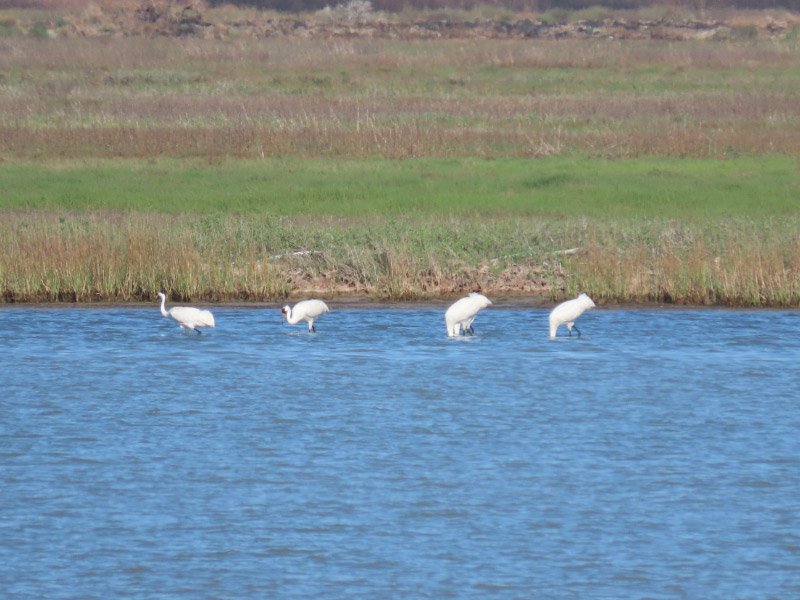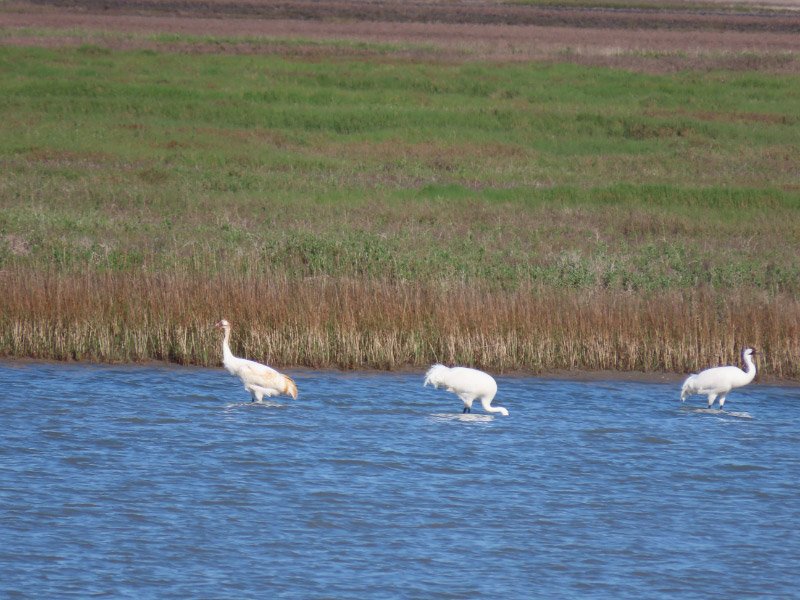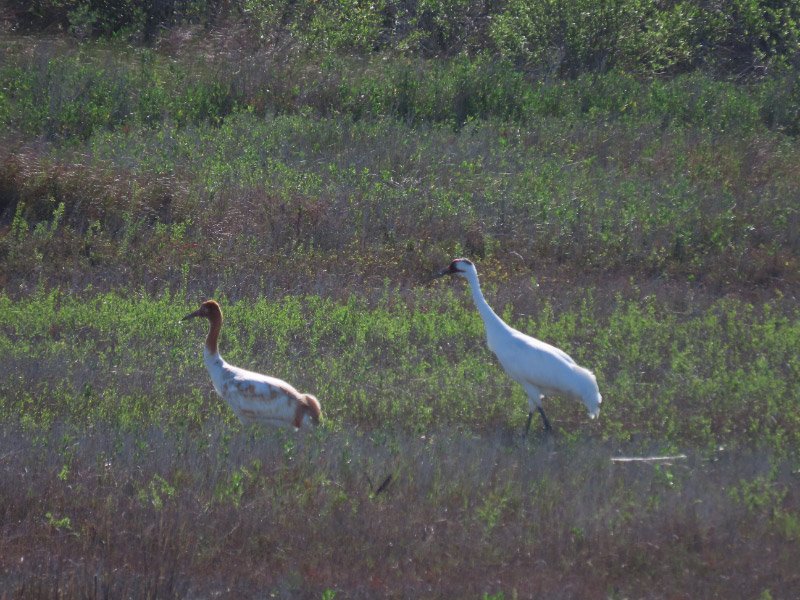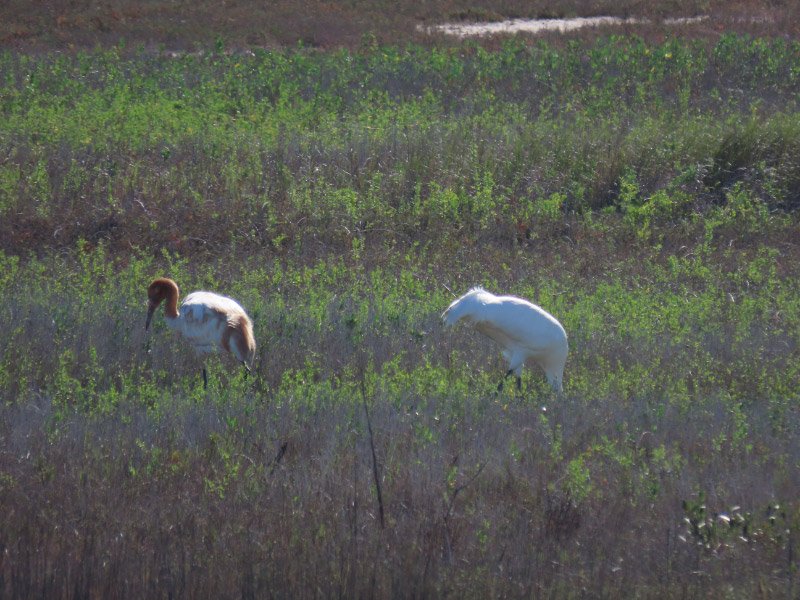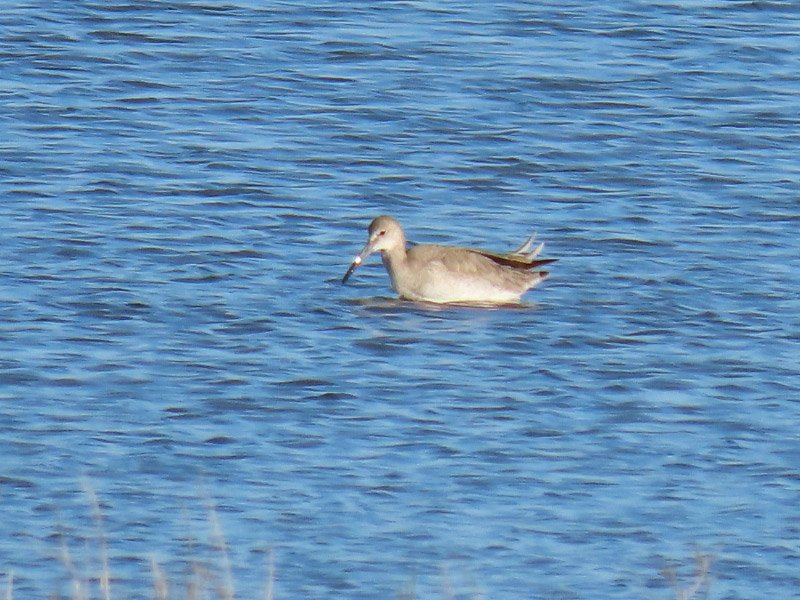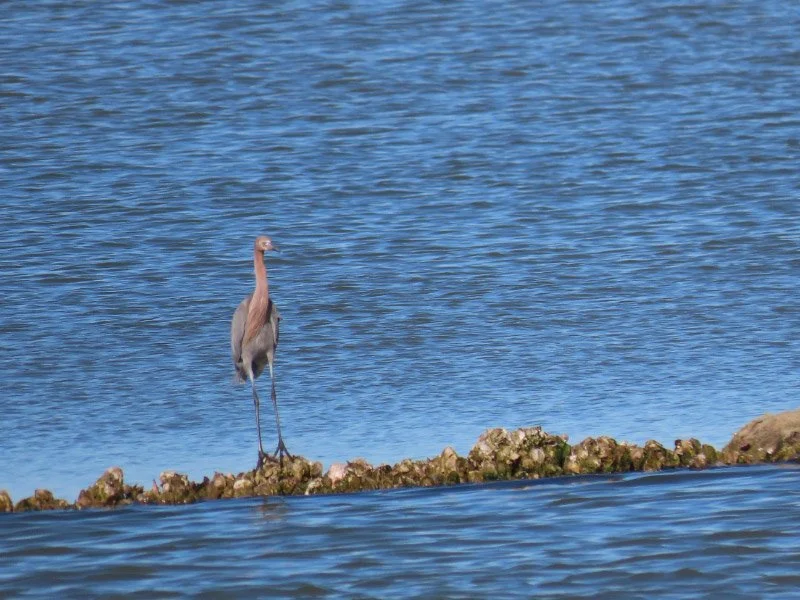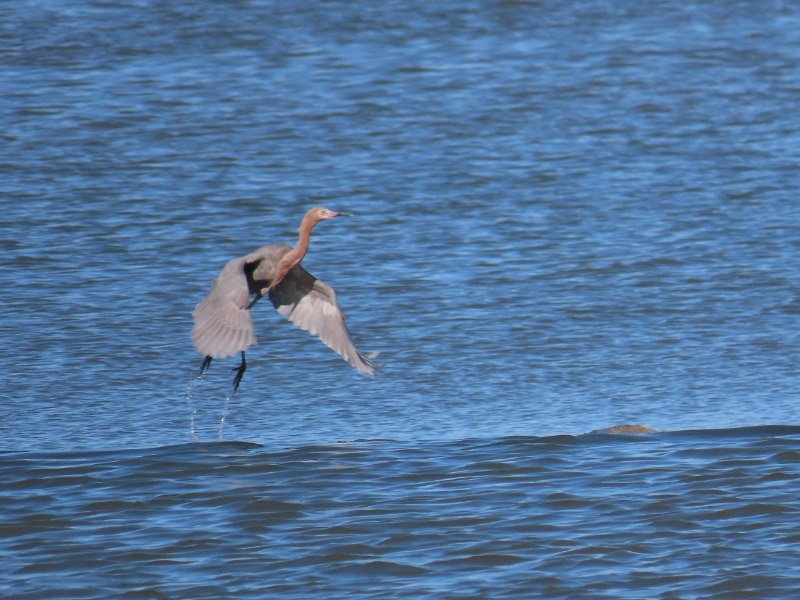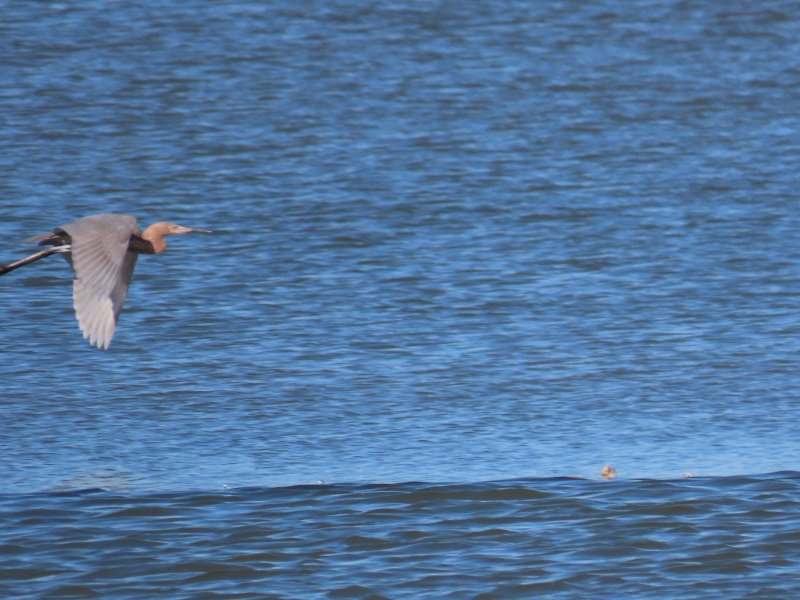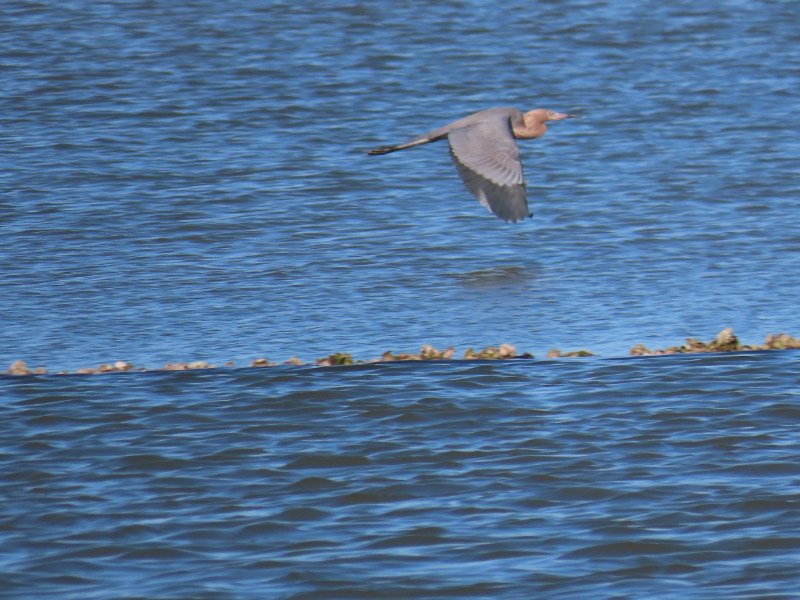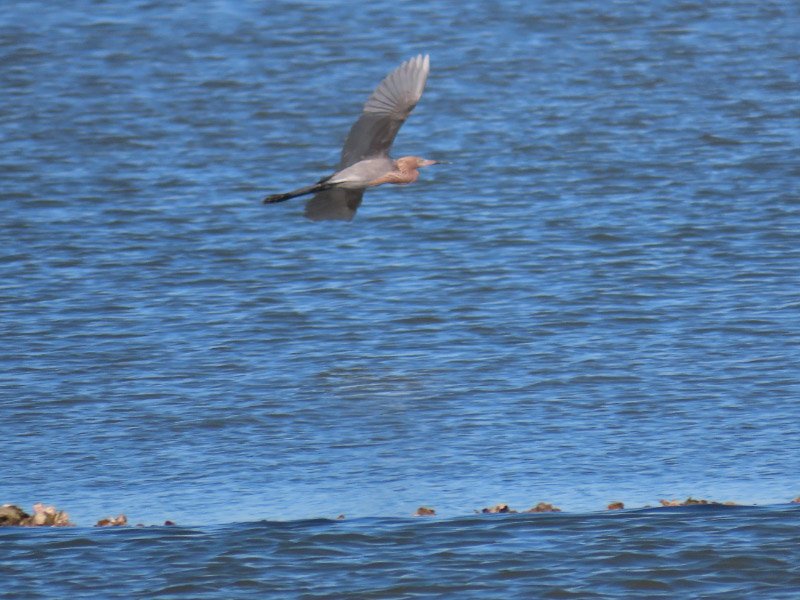Leonabelle Turnbull Birding Center
/We signed up for a shorebird identification field trip for the third afternoon of the Whooping Crane Festival. We got on the bus after lunch and, it turned out, spent the whole session at Leonabelle Turnbull Birding Center…which was fine with us since we had wanted to return there. We spent less time with the guide and just enjoyed all the birds at the place. There is a lot to see; the boardwalk makes it easy to see birds without disturbing them. The shallows are a popular place for them to feel secure enough to rest and bathe…and snack.
American white pelicans – in a big group or singles.
The common gallinule was near the alligator (again). I decided to take close up views of the feet (very long toes).
A black necked stilt wondered along through other species…looking aloof.
The green-winged teals were bathing…preening.
Grackles were bathing and preening too….or making raucous noise in the reeds and glaring at my camera.
A pied-billed grebe wandered near the reeds…hiding in plain sight as usual. Once I noticed the bird, I took a series of pictures as it found lunch.
A northern shoveler snoozed…another perched on a post in the water.
Ibis preened and stretched their wings.
I took a series of images of a bird in the shallows…thoroughly cleaning its feathers. It takes a series of contortions. The bird appeared to be enjoying the water!
A blue-winged teal showed the blue on its wing when it bathed.
Now for some group pictures. They are good for size comparison and ID practice. The first has 2 black-necked stilts and a male northern shoveler.
The second had a black-necked stilt and 4 American avocets.
The smaller birds were easily startled and would explode up into air…circle and return very close to where they were before the panic.
There were neotropic cormorants seemingly content to just sit in the sun.
There was a tricolored heron that seemed to be posing for pictures. I couldn’t resist!
The alligator did not move at all in the several hours we were there!
Overall – the place lived up to my expectations; we could have done it on our own rather than with the bus/guide. I am beginning to understand better that we have learned enough about birding to leave more free time to during festivals…or go early/stay late.
The last field trip of the festival would be the next morning at Fennessey Ranch.












